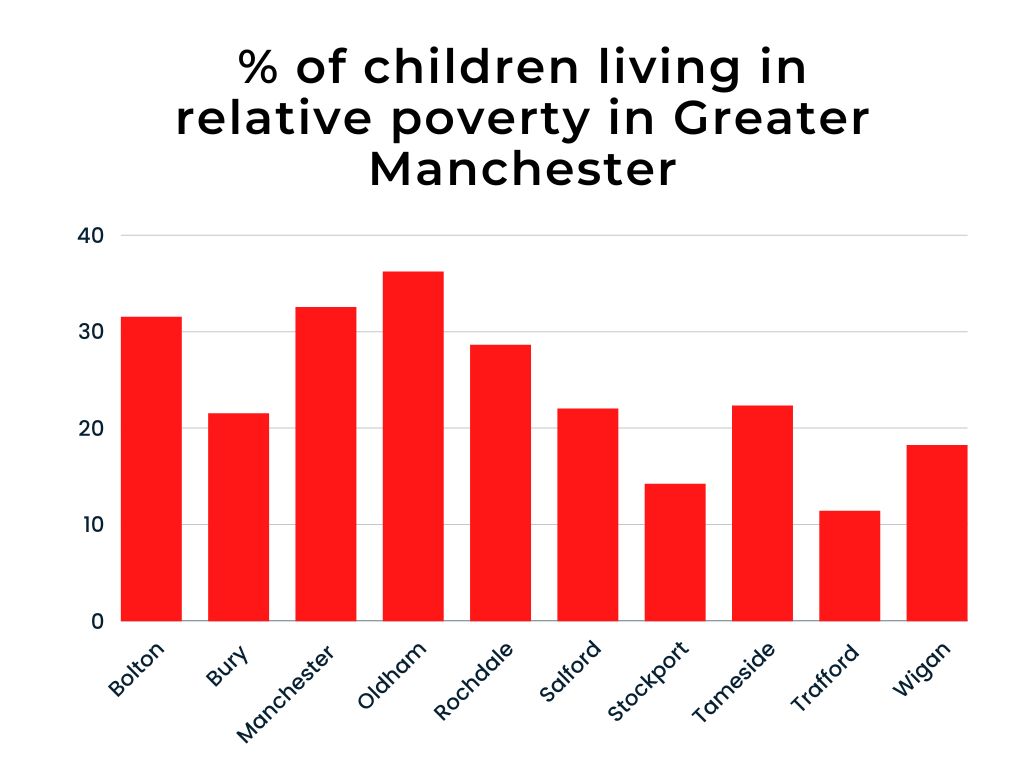Poverty And Resource Distribution Quick Check

The air hung heavy with the scent of blooming jasmine, a stark contrast to the grim realities hidden behind the vibrant bougainvillea draping the walls of the community center. Children, their laughter echoing despite their worn clothes, were gathered around a makeshift table, their faces illuminated by the shared light of a single, low-wattage bulb. Volunteers, their eyes filled with a quiet determination, were distributing packages – precious bundles of food and essential supplies. This was just one snapshot of the ongoing effort to combat poverty and ensure equitable resource distribution in a world where abundance often exists alongside scarcity.
At its core, the persistent issue of poverty and unequal resource distribution reveals a complex interplay of systemic factors, historical inequities, and individual circumstances. This article explores the underlying causes of this global challenge, examines the impact on communities and individuals, and highlights innovative strategies aimed at fostering a more just and equitable world.
Understanding the Roots of Poverty
Poverty is more than just a lack of income; it's a multifaceted condition encompassing limited access to education, healthcare, clean water, and opportunities for economic advancement. It is often perpetuated by systemic barriers that disproportionately affect marginalized communities.
These barriers can include discriminatory policies, lack of access to credit and capital, and limited political representation. Historical factors, such as colonialism and slavery, have also played a significant role in creating and maintaining global inequalities.
According to the World Bank, extreme poverty, defined as living on less than $2.15 a day, continues to plague millions around the world. While progress has been made in recent decades, the COVID-19 pandemic and ongoing conflicts have exacerbated the problem, pushing millions more into poverty.
The Impact on Communities and Individuals
The consequences of poverty are far-reaching and devastating. Children growing up in poverty are more likely to experience malnutrition, which can have lasting effects on their physical and cognitive development.
Access to education is also severely limited, hindering their ability to break the cycle of poverty. Adults struggling to make ends meet face constant stress, impacting their mental and physical health.
Poverty erodes social cohesion, leading to increased crime rates and social unrest. It also contributes to environmental degradation as people are forced to exploit natural resources for survival.
Resource Distribution: A Matter of Fairness
The unequal distribution of resources is a key driver of poverty. While some countries and individuals enjoy immense wealth, others struggle to access basic necessities.
This disparity is often the result of unfair trade practices, exploitation of natural resources, and a lack of effective governance. Transnational corporations often extract resources from developing countries at minimal cost, leaving behind environmental damage and little benefit for local communities.
According to Oxfam, the world's richest 1% own nearly half of the world's wealth. This concentration of wealth undermines economic growth and perpetuates inequality.
Strategies for a More Equitable World
Addressing poverty and promoting equitable resource distribution requires a multi-pronged approach that tackles both the symptoms and the root causes. Investing in education is crucial.
Providing access to quality education empowers individuals to develop the skills and knowledge they need to secure better employment and improve their living standards. Strengthening healthcare systems is equally important.
Ensuring access to affordable and quality healthcare prevents preventable diseases and improves overall well-being. Promoting fair trade practices and responsible investment can help to ensure that developing countries benefit from their natural resources.
Initiatives like microfinance, providing small loans to entrepreneurs in developing countries, have proven successful in empowering individuals to start their own businesses and lift themselves out of poverty. Conditional cash transfer programs, which provide financial assistance to families who meet certain conditions, such as sending their children to school or attending health checkups, have also been effective in reducing poverty and improving human development outcomes.
The Role of Technology and Innovation
Technology and innovation offer new opportunities to address poverty and promote equitable resource distribution. Mobile banking and digital payment systems can provide access to financial services for people living in remote areas.
Renewable energy technologies, such as solar power, can provide affordable and clean energy to communities without access to traditional electricity grids. Precision agriculture techniques can improve crop yields and food security.
Moreover, the Internet and social media can be powerful tools for raising awareness about poverty and inequality, mobilizing resources, and advocating for policy changes.
"Technology can be a powerful enabler, but it's not a silver bullet,"says Dr. Anya Sharma, a leading expert in sustainable development. "It's essential to ensure that technology is accessible and affordable to all, and that it's used in a way that promotes equity and inclusion."
The Importance of Good Governance
Good governance is essential for creating an enabling environment for poverty reduction and equitable resource distribution. This includes ensuring transparency and accountability in government operations.
Strengthening the rule of law, combating corruption, and promoting citizen participation in decision-making processes are also vital. Governments must prioritize investments in social safety nets, such as unemployment benefits and food assistance programs, to protect vulnerable populations during economic downturns.
International cooperation is also crucial. Developed countries must fulfill their commitments to provide development assistance to developing countries, and they must work together to address global challenges such as climate change and pandemics.
A Call to Action
Addressing poverty and promoting equitable resource distribution is a shared responsibility. Governments, businesses, civil society organizations, and individuals all have a role to play.
We can support organizations working to alleviate poverty, advocate for policy changes that promote greater equality, and make conscious consumer choices that support fair trade and sustainable practices. We can also volunteer our time and skills to help those in need.
As Nelson Mandela famously said, "Overcoming poverty is not a gesture of charity. It is an act of justice." By working together, we can create a world where everyone has the opportunity to live a life of dignity and purpose.
The scent of jasmine still hangs in the air, a reminder of the beauty and resilience that can be found even in the face of adversity. The faces of the children, etched with hope and determination, serve as a powerful call to action. The fight against poverty is far from over, but with unwavering commitment and a shared vision, we can build a future where prosperity is shared by all.
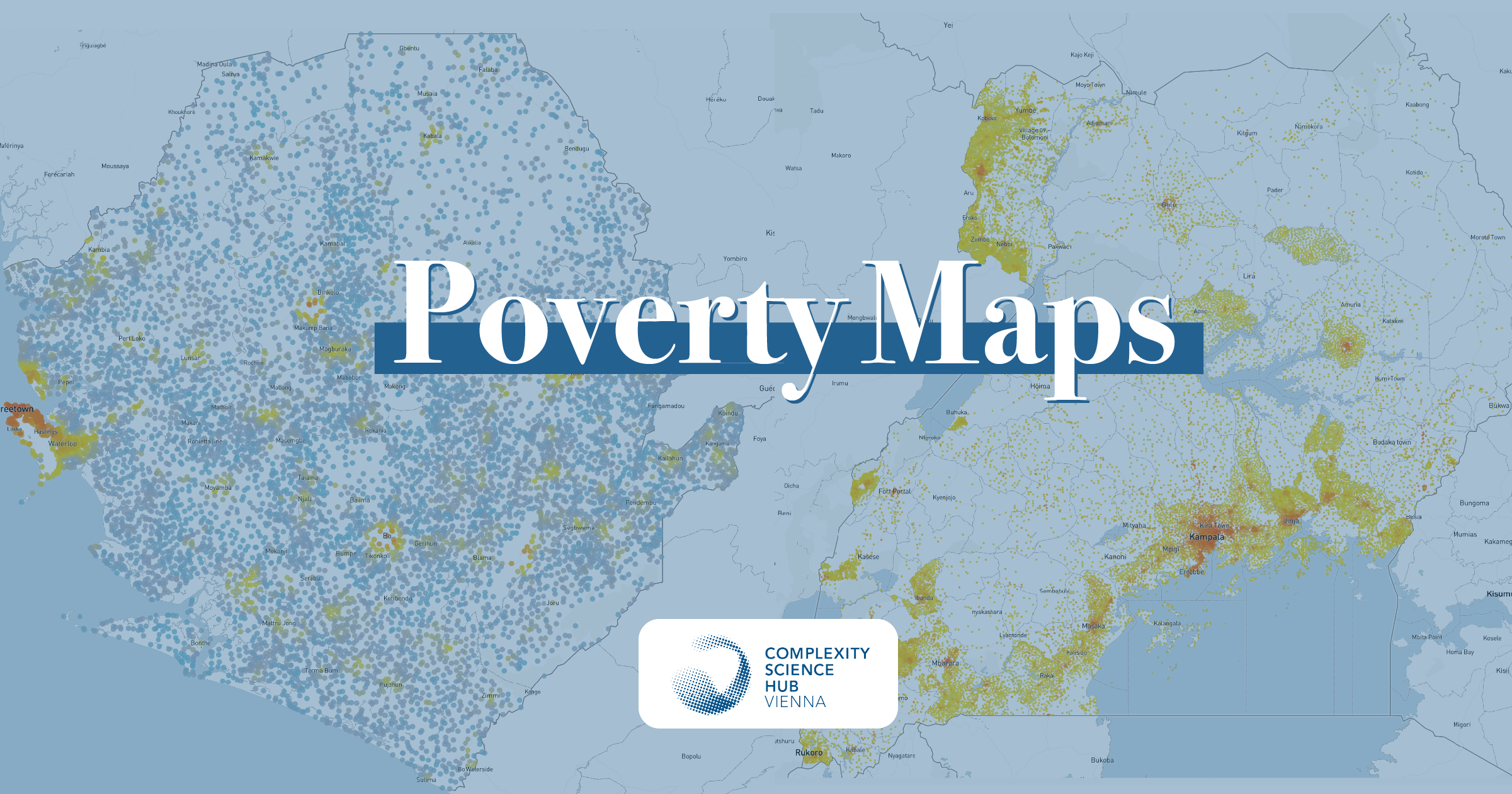


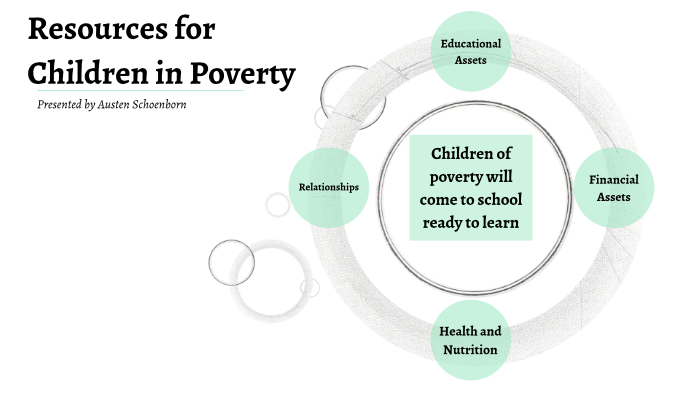

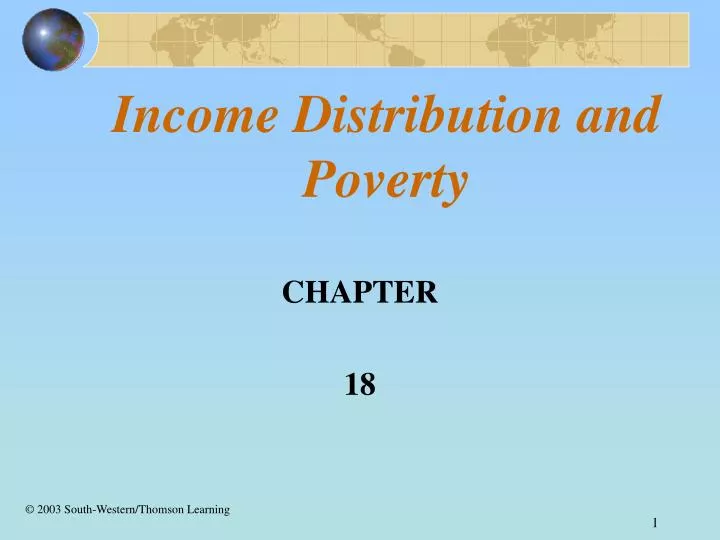
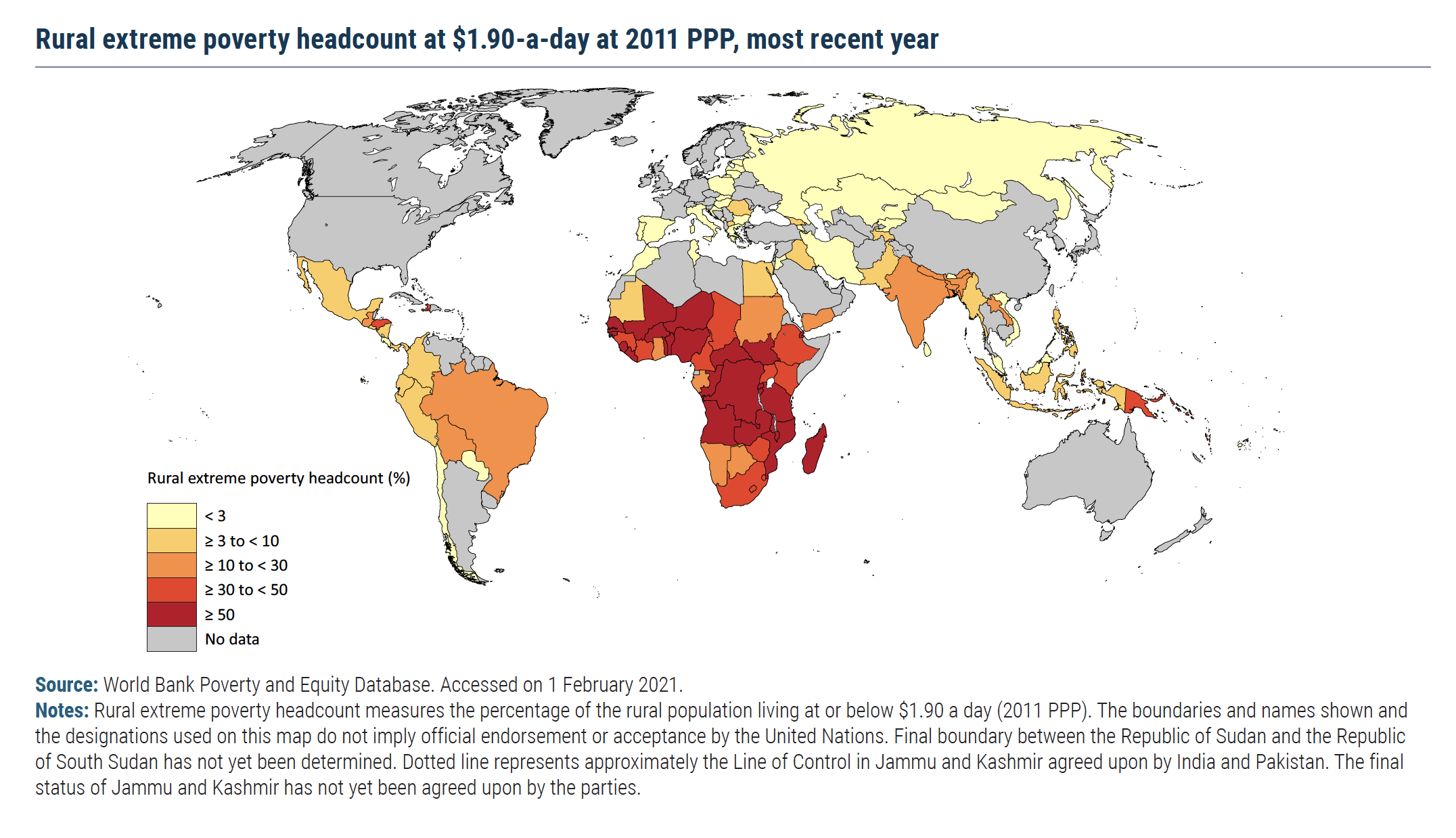


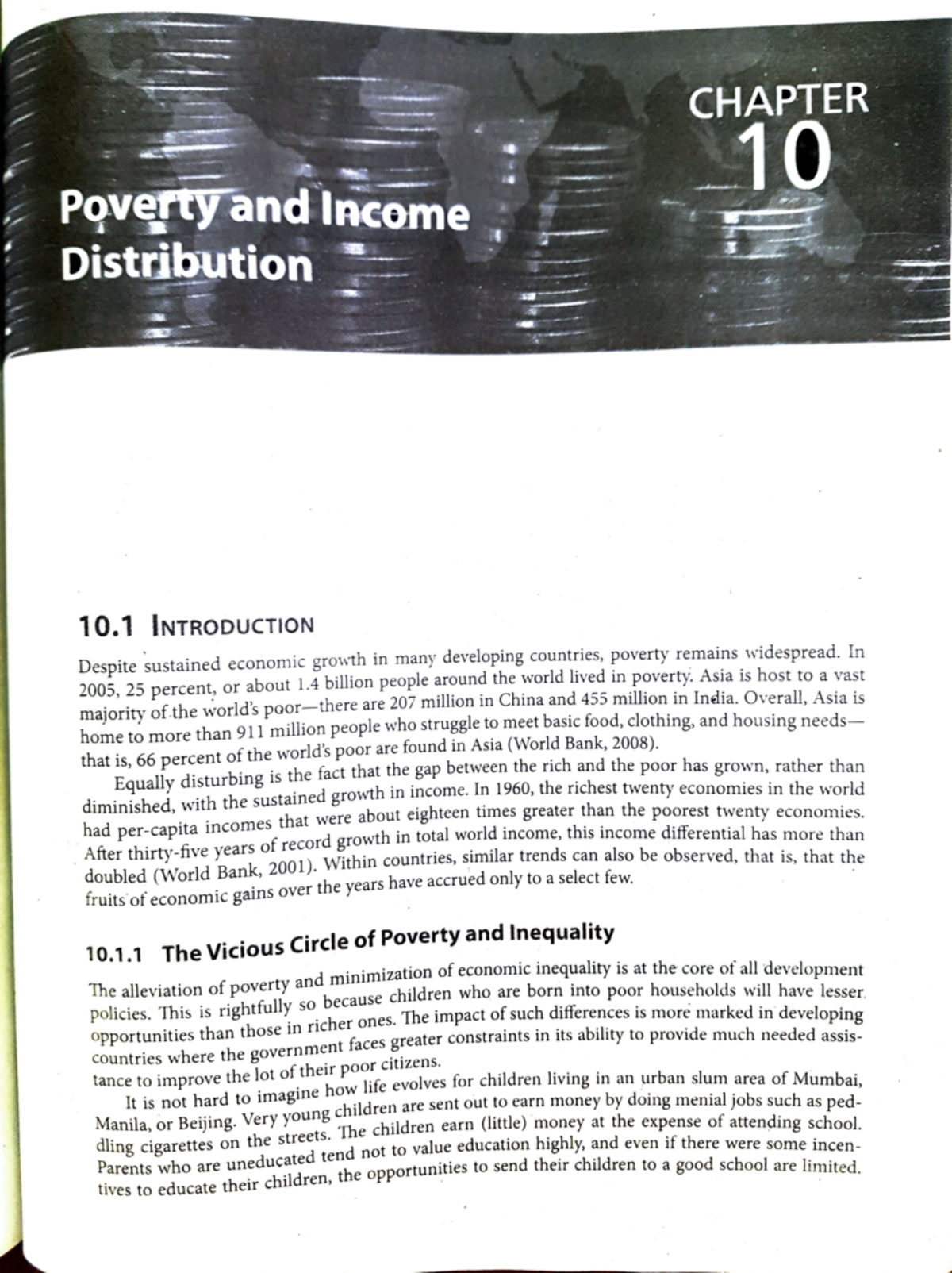


![Poverty And Resource Distribution Quick Check [INFOGRAPHIC] World Poverty Statistics - Infographic Design World](https://i.pinimg.com/originals/a4/eb/f2/a4ebf2aecf466549387d7453d79c3001.jpg)
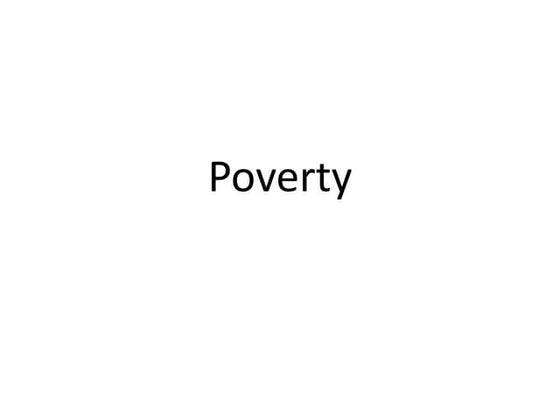
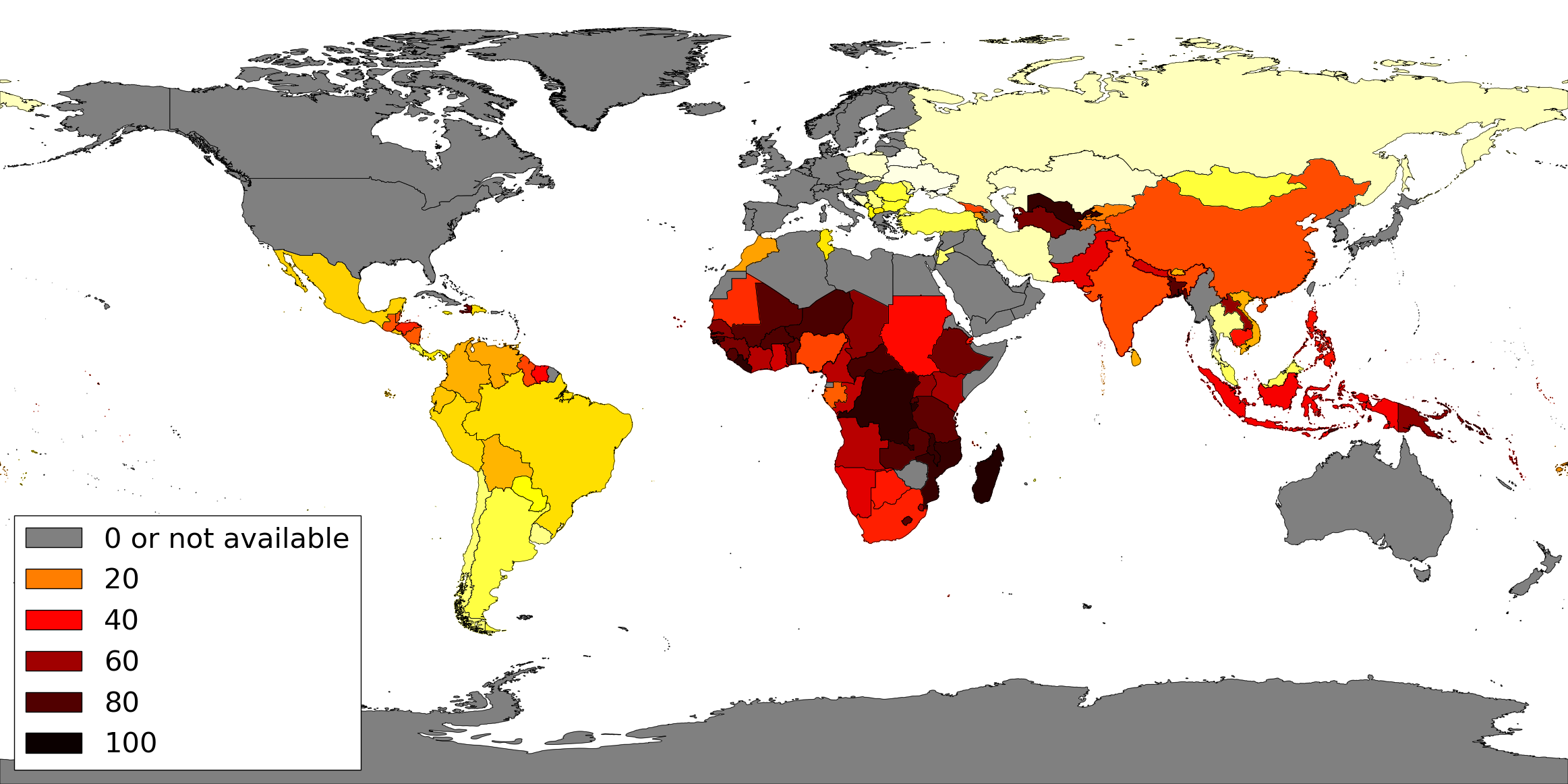

.jpg)
